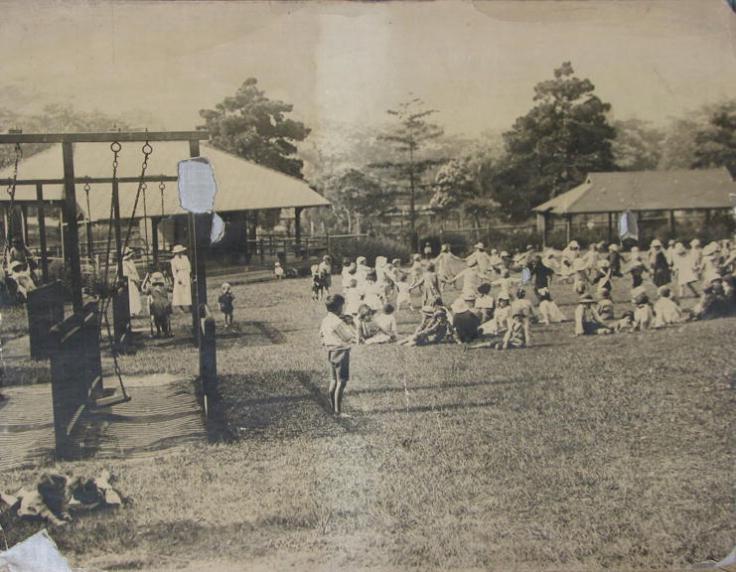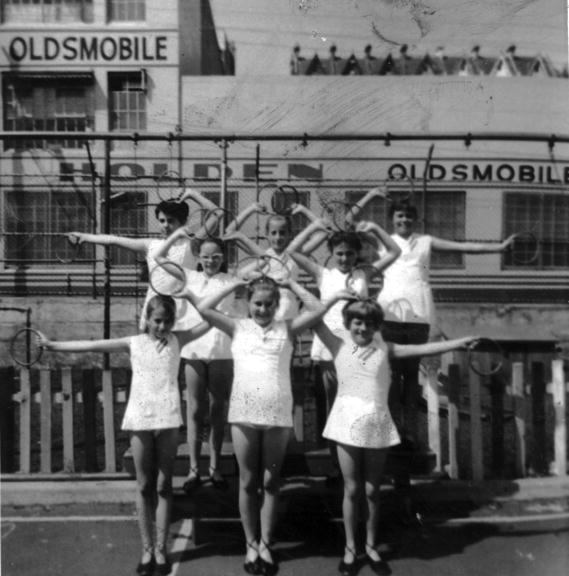A master plan for The Domain and the Royal Botanic Gardens has just been released which proposes the development of a hotel, a ferry wharf at Mrs Macquarie’s Chair and a railway station on the eastern suburbs railway line.
Some of the proposals within the master planning document have provoked public comment and criticism, in particular from former Prime Minister Paul Keating.
Why are The Domain and the Royal Botanic Gardens important public places, and how did they come about?
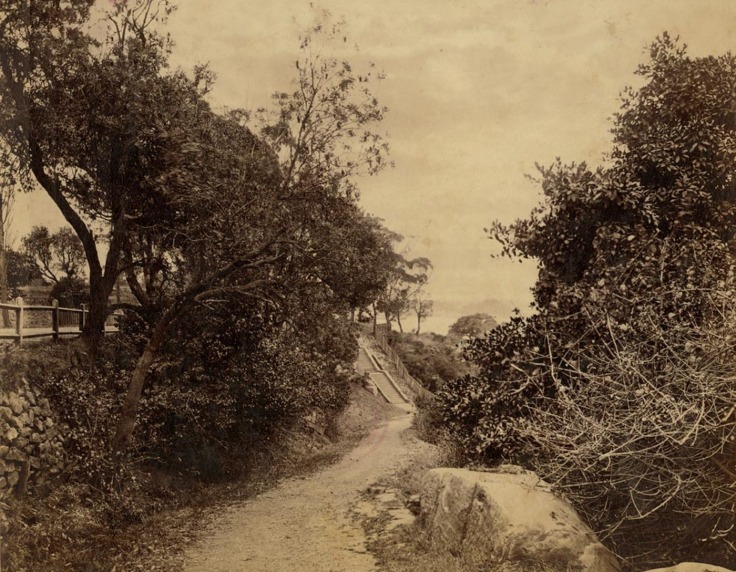
Governor Arthur Phillip laid the foundation plate for Australia’s first Government House three months after the First Fleet landed in Sydney Cove in 1788. This building to was located on the site of the Museum of Sydney, on the corner of Bridge and Philip Streets in the city.
Philllip set land to the east to provide a garden setting for government house; this later became known as the Governor’s Domain (or ‘Demesne’).
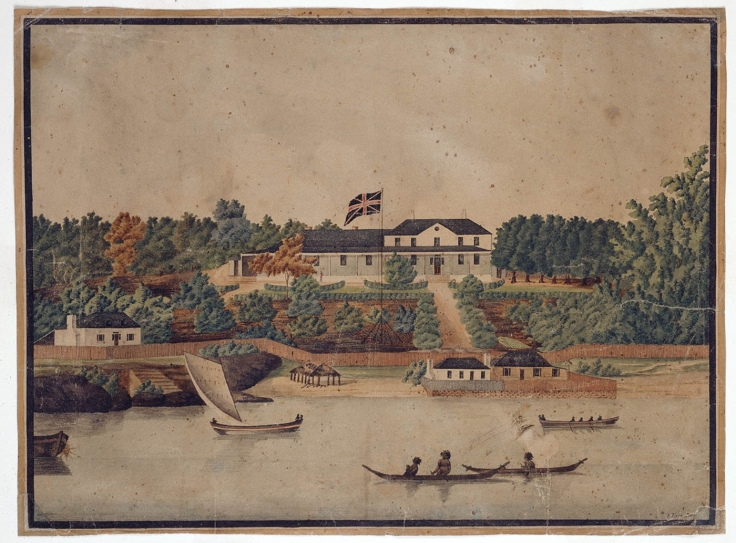
SV / 31)
The Governor’s Domain was officially proclaimed in 1812 by Governor Macquarie. It covered a much larger area than today, extending from Circular Quay to Woolloomooloo, encompassing today’s Bennelong Point and the Opera House, the Royal Botanic Gardens, Lady Macquarie’s Chair and the Domain. Now only part of it remains: the Botanic Gardens and the Domain. Link here to a map showing the extent of the Domain in 1845.
Before Circular Quay was reclaimed and Bridge Street was formed, Government House was on the western perimeter of the Governor’s Domain and had sweeping views of Sydney Cove.
Government House became an important site of early contact between European settlers and Sydney’s Aboriginal population. At least three Aboriginal men – Arabanoo, Bennelong and Colbee – were captured under Phillip’s orders and lived at First Government House. Aboriginal people continued to use the Domain and Royal Botanic Gardens throughout the 19th century.
The Domain began to shrink. In 1832, it was decided to relocate Government House further north-east within the Government Domain to provide more wharfage for the growing city, which required the government gardens in front of the Government House.
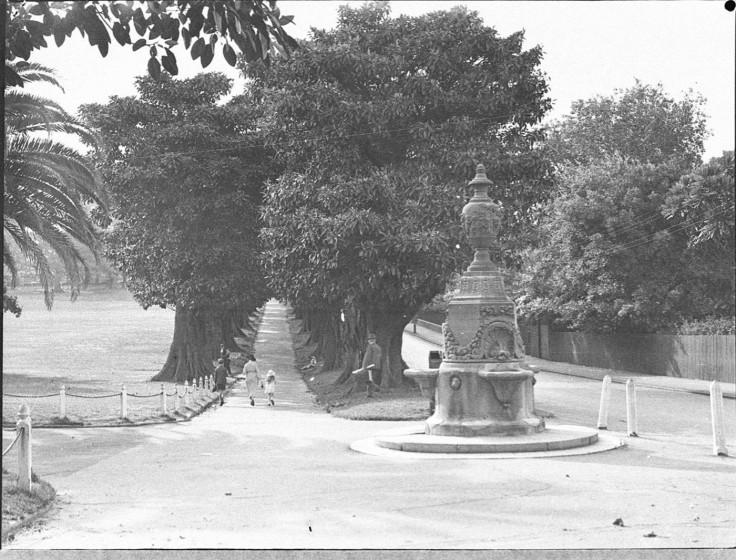
The new Government House was completed in 1845, and the First Government House was demolished a year later. Philip Street was extended to Circular Quay at this time, running across the foundations of First Government House. Other incursions included the Garden Palace (burnt down within a few years), the Art Gallery of NSW, the railway network, and roads and freeways including the Cahill Expressway.
The Domain and the Royal Botanic Gardens remain as an important passive recreation space in the heart of the city. The plans to redevelop the parklands should be hotly debated, not just by former heads of state but all Sydneysiders.
